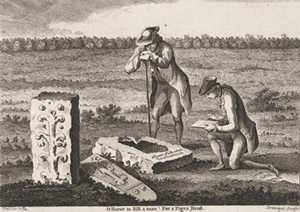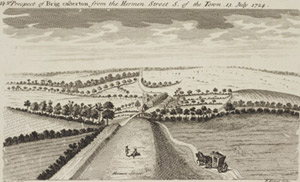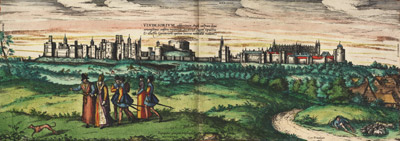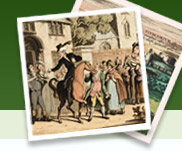Histories and AntiquitiesInterest in archaeological and architectural remains has proved a potent and durable motive for travel. In its initial manifestations the practice of local history was also bound up with travel because of the need to examine sources such as parochial records and memorial inscriptions in their original locations, and early county and regional histories were often published in the form of ‘tours’ or ‘perambulations’. In the sixteenth and seventeenth centuries both native authors and foreign visitors produced descriptions of Great Britain which combined orthodox book-learning with topographical descriptions based on first-hand investigation of the island’s towns and landscapes. The eighteenth century saw a huge growth in the production of volumes of antiquarian studies, and although some were compiled from published authorities and by correspondence with local antiquaries, many others were the product of lengthy and meticulous expeditions personally undertaken by their authors. 
Two men studying a dubious inscription on a broken obelisk known as the Monks Stone, near Tynemouth, Northumberland, from Francis Grose, The antiquities of England and Wales, London, 1775. Huntingdon.16.7. 
A view of Brig [Bridge] Casterton, on Ermine Street three miles north-west of Stamford, from the second edition of William Stukeley’s Itinerarium curiosum, 1776. S474.a.7.2

Windsor, from the volumes of pictorial maps and views published as Civitates orbis terrarum... by Georg Braun and Franz Hogenberg in Cologne between 1572 and 1618. Atlas.4.57.3 |

